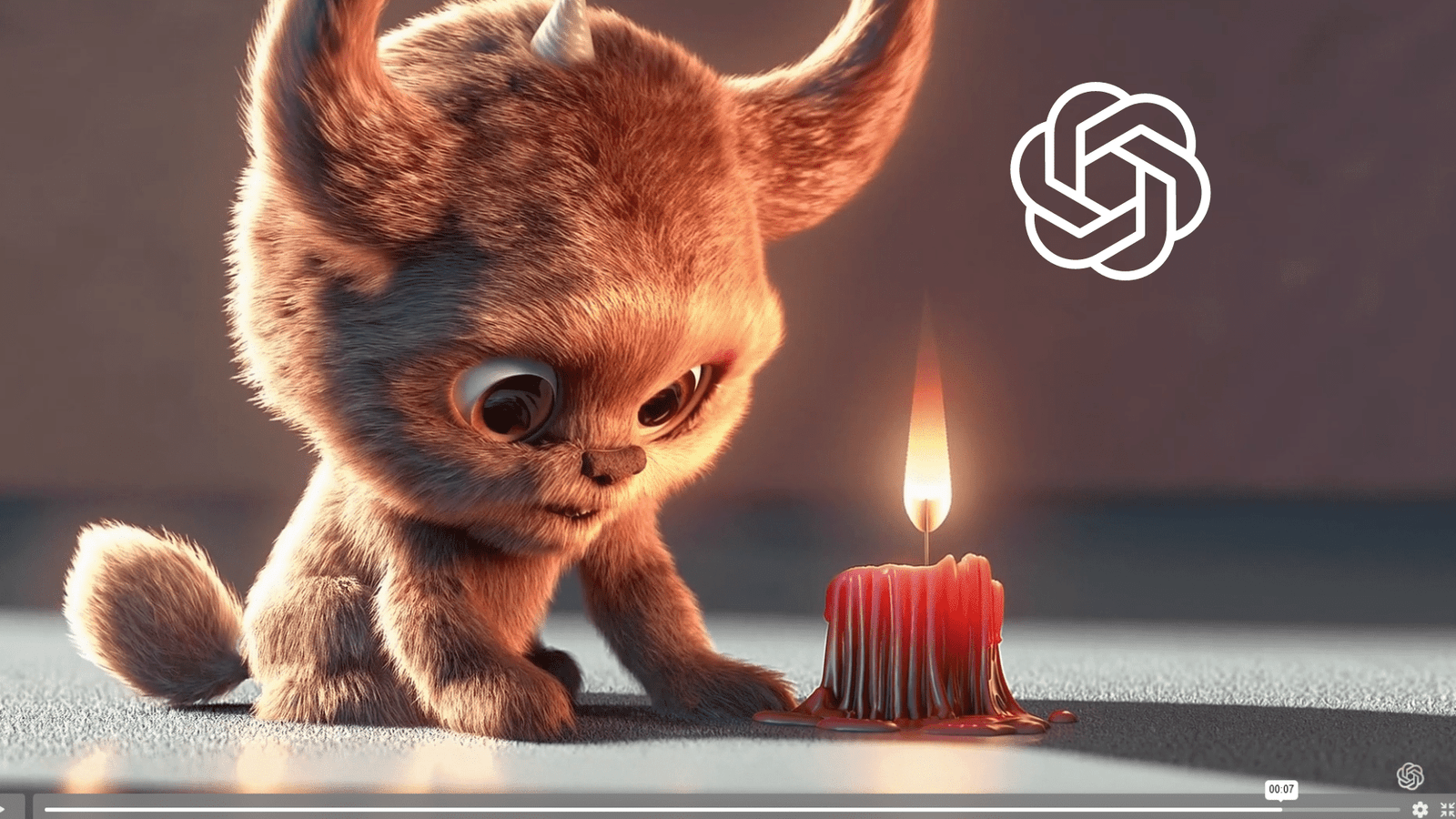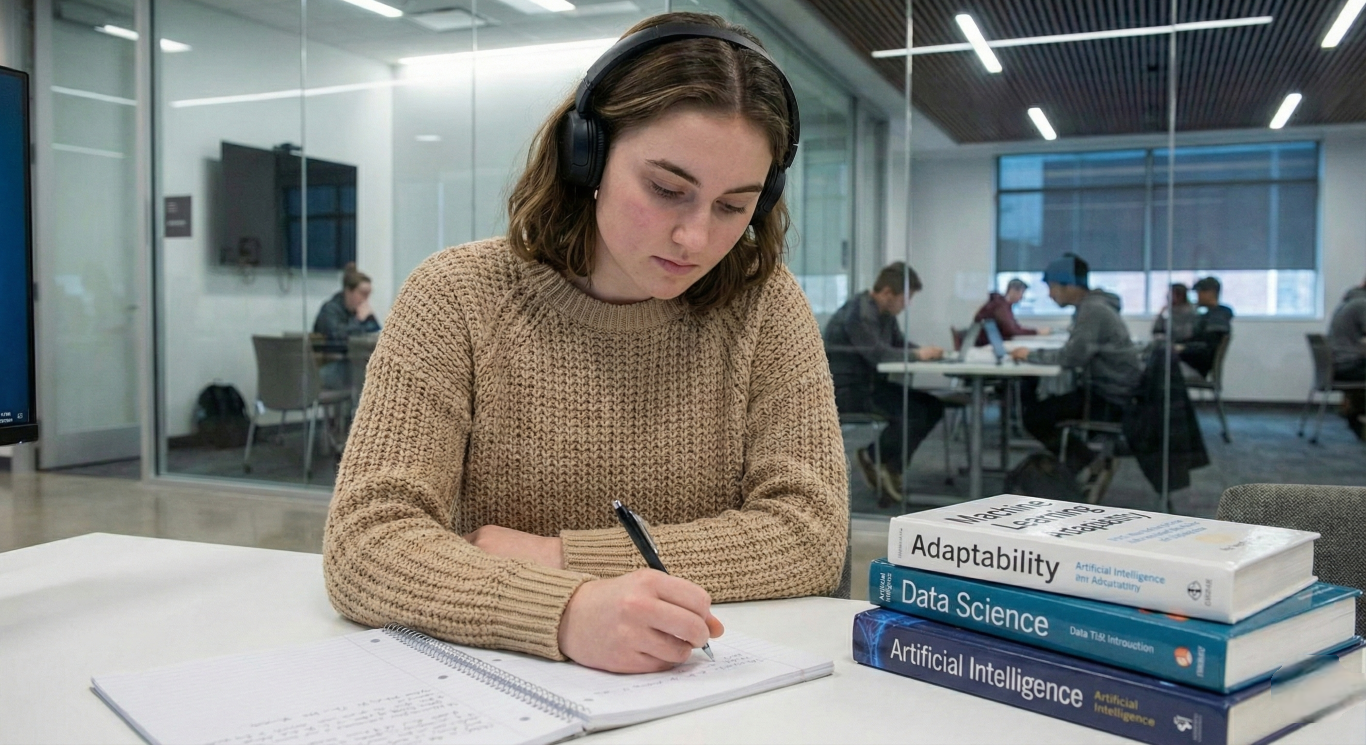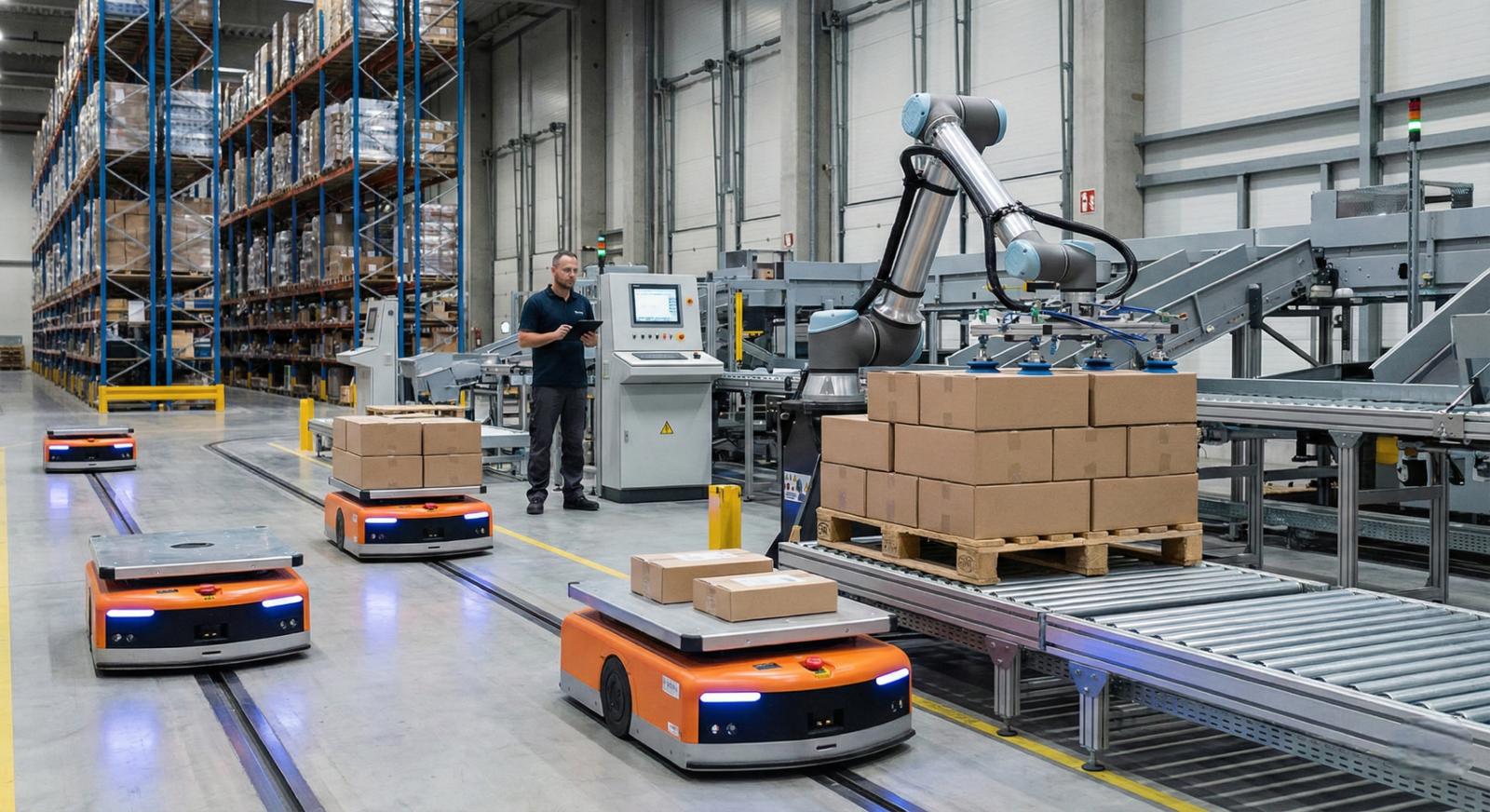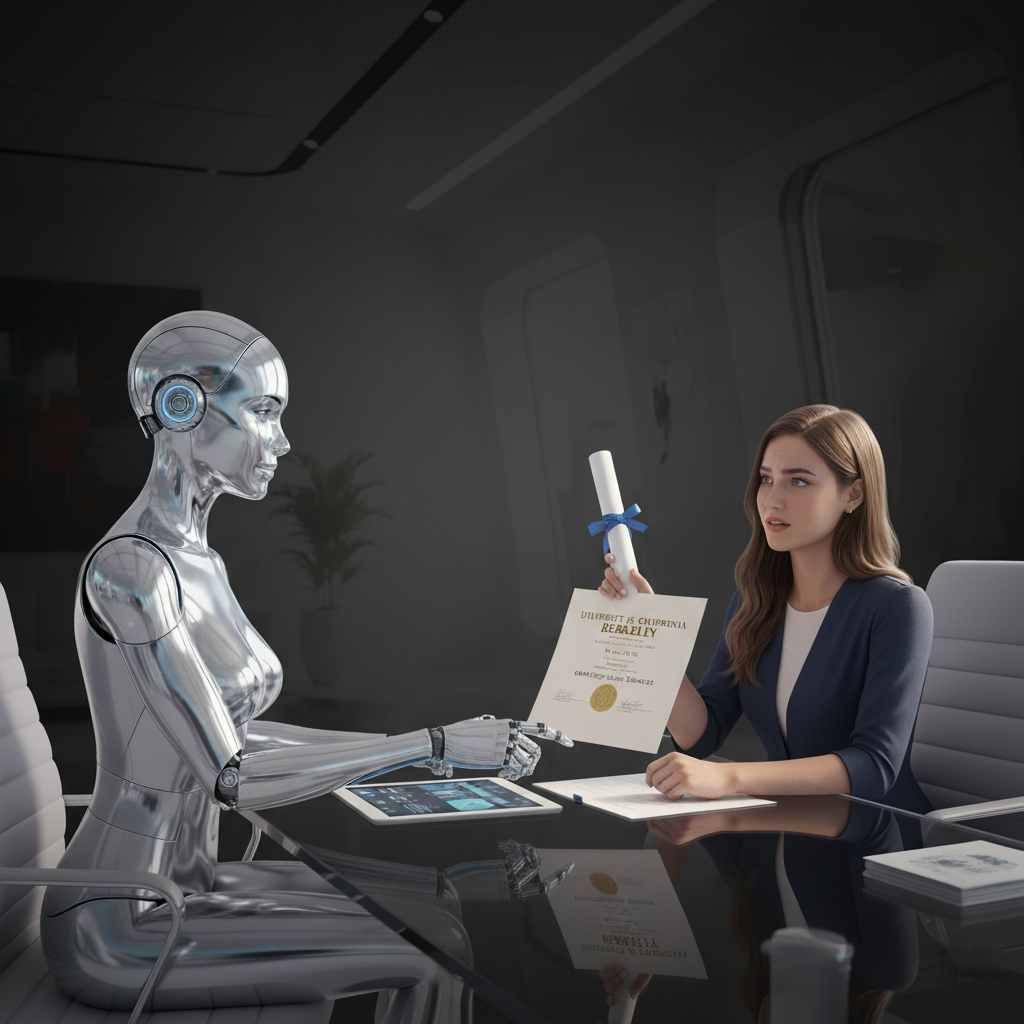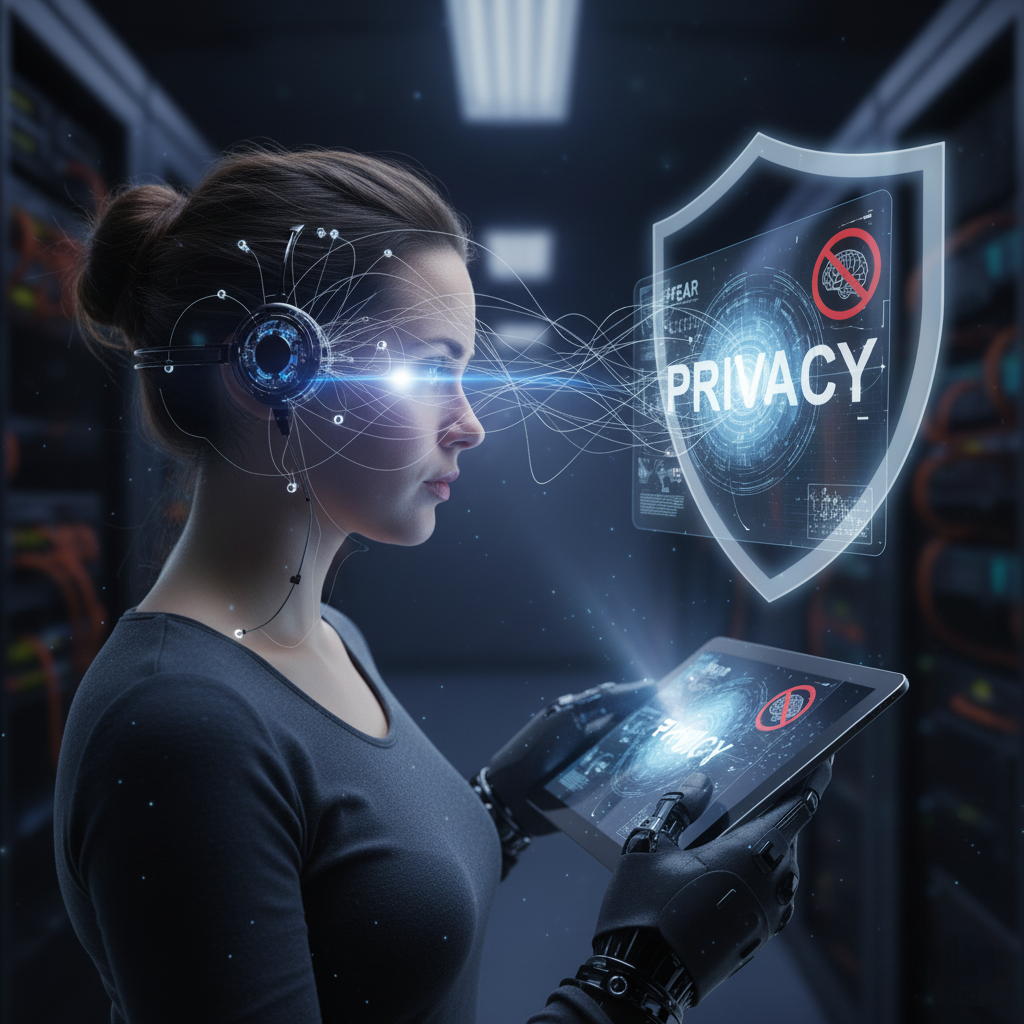Key Takeaways:
- OpenAI has introduced Sora, an AI system that can generate high-quality videos from text descriptions, representing a significant advancement in text-to-video technology.
- While not the first of its kind, Sora is considered far superior to previous text-to-video AI systems, delivering videos with an unprecedented level of detail and physical realism.
- OpenAI is cautiously releasing Sora to select creators and researchers due to concerns about potential misuse, and is developing safeguards like watermarking to identify synthetic videos.
OpenAI Unveils Groundbreaking AI “Sora”
San Francisco-based AI lab OpenAI has unveiled its newest creation, an AI system called Sora that can generate high-quality videos from text descriptions. The new tool demonstrates a significant leap forward in text-to-video generation technology and has stunned industry experts with the level of detail and realism it can achieve.
Sora’s Advanced Capabilities
Sora is able to take a written prompt of just a few sentences and generate video clips up to 60 seconds long featuring complex scenes with multiple characters, motion, and accurate background details. Some examples shared by OpenAI include a snowy Tokyo cityscape bustling with people, a Pixar-style monster kneeling by a fireplace, and historical footage of California during the Gold Rush – all generated simply from short text descriptions.
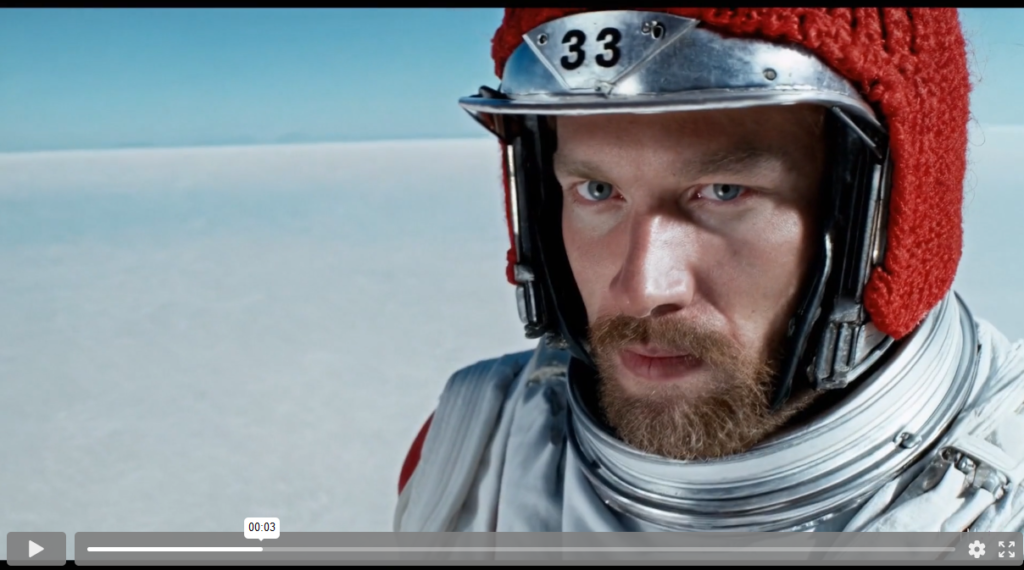
Sora’s Unprecedented Realism and Detail
While not the first text-to-video AI system created, analysts say Sora appears far more advanced than anything that’s come before it. The videos have an unprecedented level of detail and physical realism, with impressive rendering of elements like lighting, textures, physics, and character emotions.
OpenAI Acknowledges Sora’s Limitations
However, OpenAI admits the technology is not without flaws. There can still be inaccuracies with spatial relationships, cause-and-effect sequences, and retaining details between video frames. But rapid improvements are expected as the system receives more testing and feedback.
Release of Sora Amidst Misuse Concerns
OpenAI is taking a cautious approach to releasing Sora, limiting early access to select creators and researchers who can assess risks around potential misuse. Concerns have been raised over how easily such a powerful video generation tool could spread misinformation or be exploited for fraud. The company says it is developing safeguards like watermarking to identify synthetic videos.
Questions Surrounding Sora’s Training Data
The Sora announcement follows recent lawsuits against OpenAI over copyright issues, raising questions around what content was used to train the models. But OpenAI has so far disclosed little about Sora’s training data or origins.
Final Thoughts
As with its release of ChatGPT, one of the most advanced conversational AI bots ever created, OpenAI’s latest offering promises to be another game-changing demonstration of just how rapidly artificial intelligence capabilities are evolving. Sora foreshadows a future where video content can be instantly conjured from imagination alone, with profound implications for industries like film, media, gaming, and beyond.
New to These Terms?
OpenAI
OpenAI is an artificial intelligence research lab based in San Francisco. It comprises the for-profit corporation OpenAI LP and its parent company, the non-profit OpenAI Inc. The organization’s mission is to ensure that artificial general intelligence (AGI)—highly autonomous systems capable of outperforming humans in most economically valuable tasks—benefits all of humanity. OpenAI is recognized for its pioneering work in AI, including the development of advanced models such as the GPT (Generative Pre-trained Transformer) series and the recent Sora.
Text-to-Video Generation Technology
Text-to-video generation technology refers to AI systems that can create video content from text descriptions. These systems understand and interpret the text, then convert it into visual scenes with characters, objects, environments, and actions. OpenAI’s development of Sora represents a significant advancement in this field, showcasing the capability to produce highly detailed and realistic videos that were previously unattainable. While this technology has numerous potential applications in entertainment, education, and content creation, it also presents challenges concerning copyright issues and potential misuse.
AI Capabilities
Artificial intelligence capabilities have evolved swiftly, as demonstrated by developments like Sora and ChatGPT. These advancements showcase AI’s potential to comprehend and generate human-like text and now, realistic video content. They underscore the increasing capacity of AI systems to carry out complex tasks involving creativity, contextual understanding, and multimedia content generation. This progress points towards a future where AI could assist or even spearhead creative processes, content production, and various modes of communication and entertainment.
Featured Image Credit: openai.com

